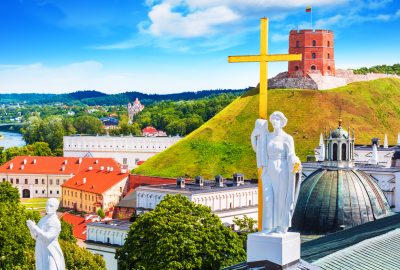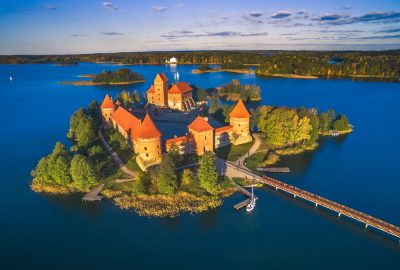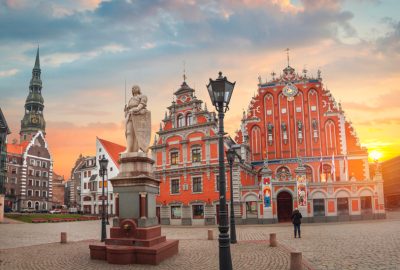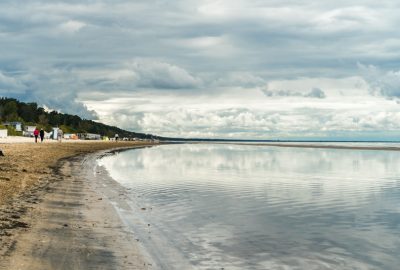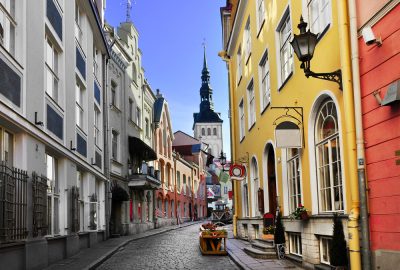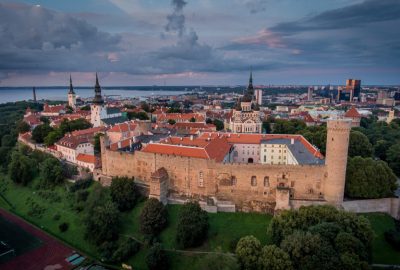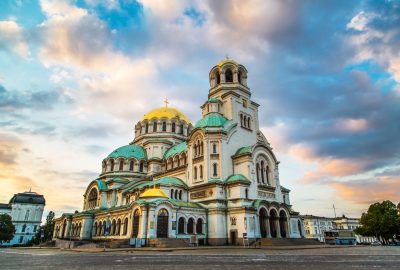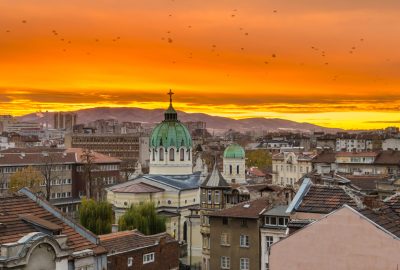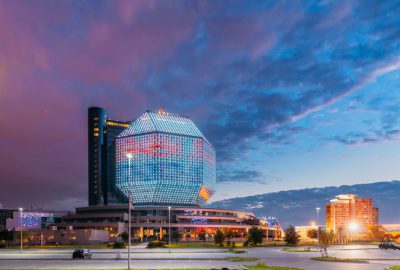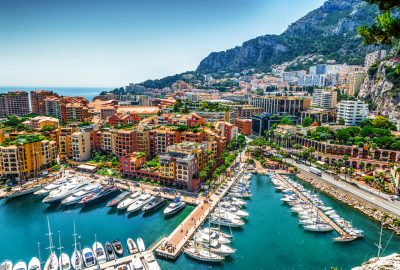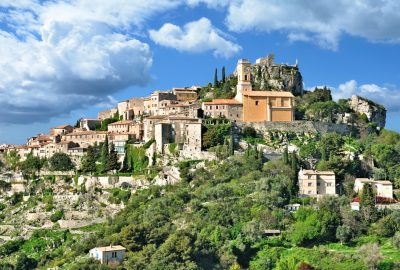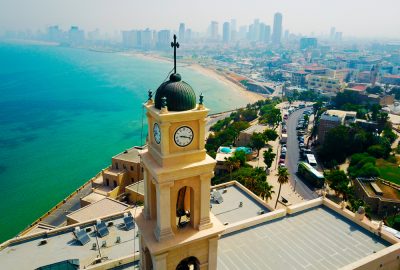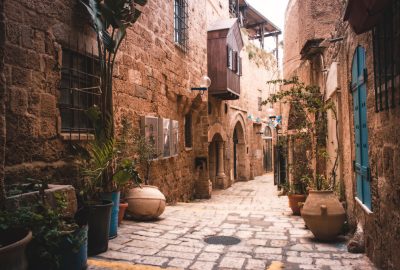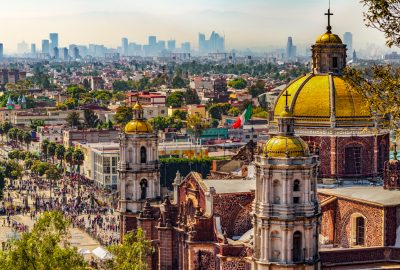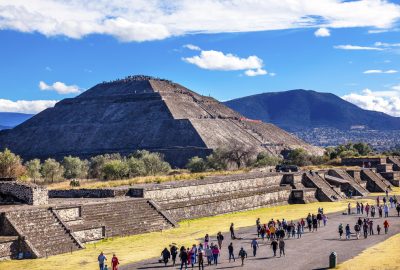Have you ever thought that Dutch and Danish are the same thing? That Copenhagen is a district in Amsterdam? I know some foreigners who really think so and are always mixing up Dutch with Danish people. Probably it is because I am from the Netherlands myself but I find this confusion rather astonishing. I just cannot wrap my head around it. Sure, both countries are tiny kingdoms in the North of Europe and there are other similarities. But remember that Copenhagen is the capital of Denmark. And actually it is one of the most charming and intimate capitals in Europe. Thankfully it’s also not one of those mainstream destinations like the tourist staples Barcelona or Rome. People are able to enjoy it peacefully, without dodging thousands of fellow tourists. Numerous international comparative studies show that Copenhagen is one of the most pleasant and comfortable cities to live and its inhabitants belong to the happiest people in the world. Despite all this happiness, history wasn’t very kind towards the Danish capital. Plagues, bombings, even being sieged by warships couldn’t crack the fundaments of this ancient Viking village. Locals are hard people, but they’re also very friendly towards visitors.
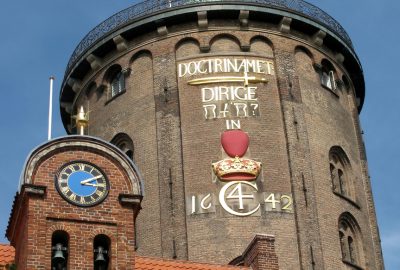
The 17th-century tower and observatory Rundetaarn better known as the Round Tower in Copenhagen is the oldest still working observatory in Europe
Everyone keeps talking about the Swiss and how everything works like clockwork there, but in reality I think the Danish deserve the trophy when it comes to functionality. The Copenhagen Airport is one of the most efficient in the world; it’s splendidly connected to the city via train, which only takes 12 minutes to get you to the city centre. Public transport will get you everywhere; it’s cheap, punctual and clean, to the point that taxis are obsolete. Exploring Copenhagen on a bike is by far the most pleasant way, rental stations are conveniently spread around the city and it’s very cheap. Enjoy that, because everything else is unbelievably expensive. Stick to street food if you’re on a budget, DØP Hotdogs (https://xn--dp-lka.dk/) at Købmagergade 52 for example, hailed as one of the best in Europe. Rundetaarn, the Round Tower is right next to that hotdog spot, it’s an observatory from the 17th century, as a matter of fact, the oldest in Europe. You can climb the tower to witness an amazing view of Copenhagen; it’s up to you if you want that hotdog before or afterwards. I’d pick the latter as the climb takes a while.
Everything in Copenhagen is "organic” and "craft” including these organic craft hotdogs. Head over to Torvehallerne (https://torvehallernekbh.dk/) at Frederiksborggade 21 to sample some more of that all natural Danish specialties such as Smørrebrød. I think it’s really funny how Smørrebrød became such a phenomenon, it’s an open sandwich, it just doesn’t have a slice of bread on top of it, and everyone is crazy about those. What do they put on those remarkable sandwiches? Everything that comes to mind: chicken, prawns, beef tartar and, of course, herring. Denmark, like most Scandinavian countries, has a long history of doing miracles out of herring, smoked herring, cured herring, salted herring, fried herring, someone out there probably makes herring jewellery.
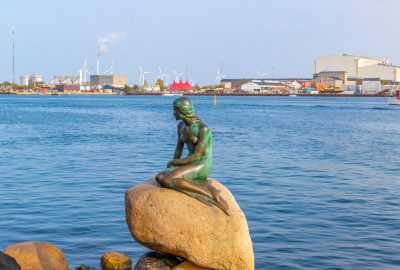
Little Mermaid statue in Copenhagen: a cute and world famous statue based on a fairy tale by Hans Christian Andersen
Copenhagen is full of wonders not necessarily made of herring or craft hotdogs. The Freetown Christiania is one of those hidden gems, a bunch of squatters living in abandoned military barracks decided to claim that area for themselves and declare it an “open city”. Independent from the government and having strong roots in teachings of yoga and meditation, Christiania quickly became a haven for Danish hippies and criminals. Back in the good old days, you could openly buy drugs on those streets. Actually you still can, it’s just not as exciting now that smoking weed has become an equivalent of having a beer. It tells a story of Danish tolerance; where else in the world people could just take a part of the capital and declare it sovereign? The Vatican doesn’t count.
Nyhavn is the perfect area to hang out during warm, summer season; it’s not awful during winter either. It has been a place to party since the 17th century when it was a full-fledged and busy port area. Best taverns and packed brothels for the weary travellers! It’s also where Hans Christian Andersen lived and created some of his best work. Those streets look like a place where the Little Match Girl would sit on the sidewalk during the winter. The Jane (https://www.thejane.dk/) at Gråbrødretorv 8 is a bar that I’m particularly fond of, it’s not exactly around Nyhavn, but it’s not that far off either. At first glance, it’s a simple bar where locals hang out, but they got this hidden room behind a secret door and I’m a huge sucker for that kind of stuff.


